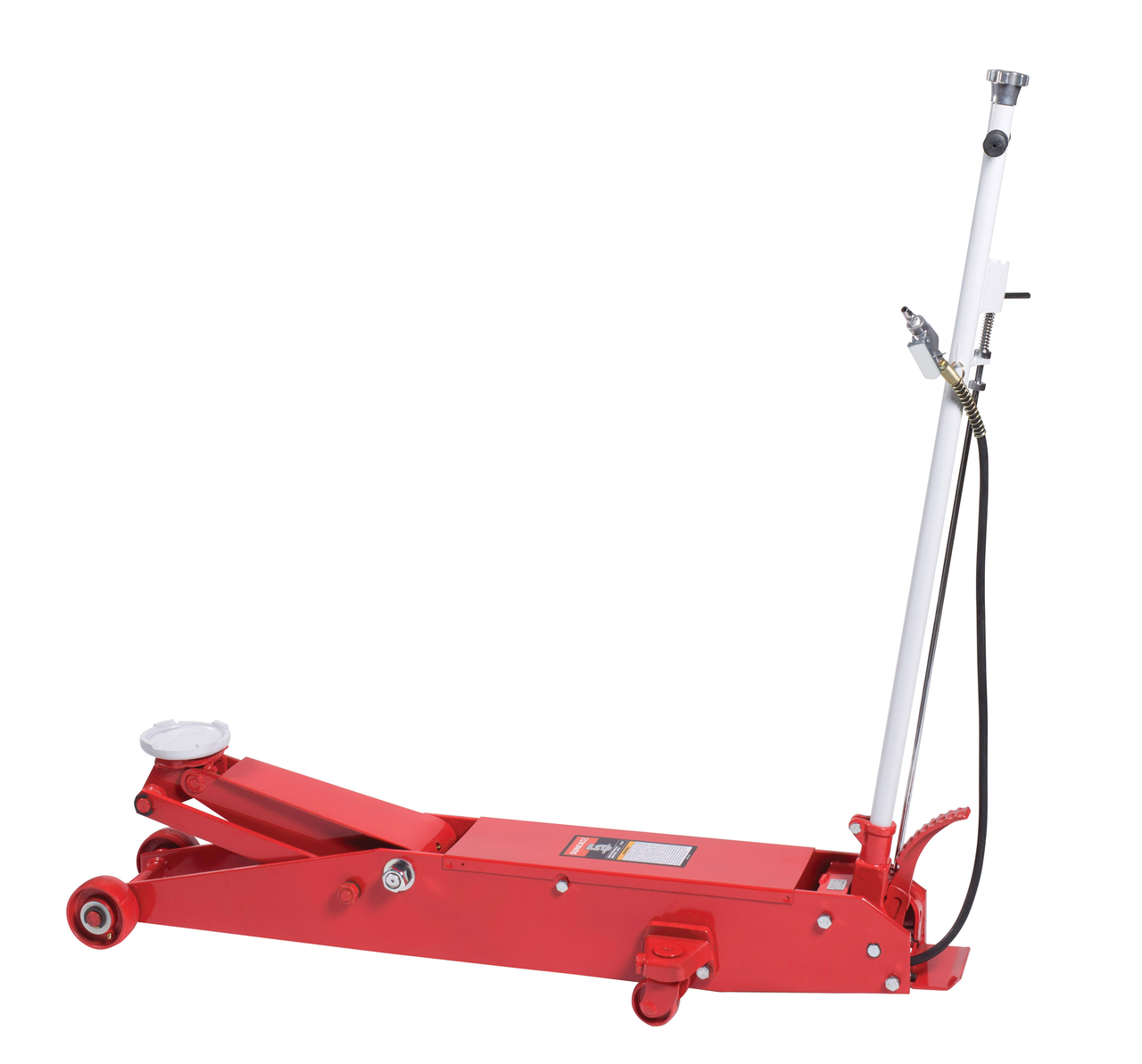
American muscle cars have been staples of American automotive industry. However, it's hard for a European to imagine driving a Ford Escort when the Mustang is the American muscle car. Muscle cars were less common in the past. However, their revival began in early 2000s and hasn’t slowed down. Here are some things to know about European muscles cars. These cars might not be the car of your grandfather, but they're still great beasts!
Aston Martin Vantage V600
Aston Martin plans to build 14 of the European muscle cars in a tribute to its Vantage V600 European muscle car. The 14 cars will be manufactured by Aston Martin's Q by Aston Martin Division and will include a VH Gaydon V12 engine. These cars will be the last in the company's Vantage line, and will have unique features, including a carbon fiber rear diffuser, redesigned centre-lock forged and machined aluminium wheels, and a new hood design.

SLS AMG
Mercedes-Benz produces the SLS AMG, a luxurious European muscle car. The SLS originally cost PS165,000. It was later increased to PS185,000 and PS215,000, respectively. In 2012, the price dropped significantly, reaching PS90,000 and PS100,000. In the 2014-2016 period the SLS value began to recover. Exemplars dropped to PS150,000. However, a high-quality, low-mileage example was closer than PS200,000.
Lancia Interceptor
The Jensen Interceptor muscle car is one of the most popular in Europe. It was designed in Italy and powered by American horsepower. This car was part of Jensen Motors' brand. It was one of the earliest vehicles to combine British styling with Italian design. Its American V-8 powerplants gave it its performance-oriented name. This car is being offered for auction from April 23 to April 23. The current bid price is $1972.
Capri Perana
Capri Perana, an uncommon, modified Ford Capri, is a European muscle car. The Capri was initially a small car, with a 13in wheelbase and average brakes. It was difficult to drive on the road and had poor stopping abilities. Basil Green's company developed a special version to overcome these flaws. The Perana V8 was produced in limited quantities and featured a specially modified 5.0-litre Windsor small block V8 engine from the Ford Mustang. The Perana V8 was driven by the lucky few who owned one in 6.7 seconds.
Ford Fairmont GT
Ford Fairmont was an early full size sedan, which was built by the Ford South African branch. The Fairmont was basically a South African version of the popular Australian Falcon XY. The Falcon GT was such a hit in Australia, the South African branch decided to create a local version of it. The Fairmont GT was a great success and was eventually succeeded by the Ford Tempo in 2014.

BMW M4
The BMW M4 is a European muscle car. The engine's turbocharged, 3.0-liter inline 6-cylinder engine produces 425 horsepower as well as 406 ft-lbs torque. The engine has a 7,600-rpm redline. The engine is also available as a Competition model, which includes a carbon-fibre body and a new taillight motif. The Competition model has red accents and black interior trim.
FAQ
Can I work as an auto mechanic without a degree? What about part-time study?
A degree isn't necessary, but it certainly helps. Employers prefer candidates who have completed a full degree. It shows you are dedicated and have worked hard to achieve your goals.
You can still study while working, however. Some universities let students complete their coursework in the summer and then continue their studies during the school year. Others allow students to study part-time all year.
What can I do to fix my car as an hobby?
You might be interested in cars as a hobby. You can learn to fix them, buy them parts, and even sell them. This would be a wonderful hobby if you're looking to find something completely different.
It's not an easy task to make this a full-time job. It requires hard work and dedication. You'll also need to invest a lot.
You might not have a compelling reason to get involved in the car industry.
How long is an apprenticeship for an automotive mechanic?
It takes three years to complete an apprenticeship as an automotive mechanic. It includes two years of school and two years as an apprentice. The first year teaches you all aspects, from theory to practical skills and safety procedures. You will also learn to use tools efficiently and safely during this period. After the completion of the first year, you will spend another year on the job training. Here you'll gain valuable experience in different trades. These are also the times you can attend formal courses.
The final year of the program is spent gaining qualifications and becoming certified in the field. These include NVQs, which are obtained after passing industry-specific exams. There are also HNCs (Higher National Certificates), which cover general subjects like management, business administration, customer service, and more. City & Guilds certificates can be obtained for individuals who want to learn certain trades.
What information do I need about car mechanics
You don't need to know anything about cars to work as an auto mechanic. All you need to know is how to fix things. This is why most people get started with simple jobs such as changing brake pads or tires. Then they move on to more difficult repairs.
You will need to understand written instructions, read diagrams and follow the basic rules of good practices. Also, you will need to know how to tell if parts require replacing or repair.
You should not attempt to fix vehicles without proper training and guidance. This is especially true when you are dealing with costly components like engines and transmissions.
In fact, even though you won't need to know much about cars, you will need to thoroughly know the basics of mechanical engineering and physics. This will include understanding the basic principles of engine operation and brake function.
You should also be ready to handle all kinds of situations. For example, you may find yourself working on a vehicle that has been involved in a serious accident. You will also need to be able to deal with accidents and breakdowns.
You must also be willing to learn quickly. It is important to be able both to diagnose problems and perform simple maintenance tasks, such as tightening nuts.
What qualifications are necessary to become a mechanic
A series of tests is required to be a mechanic. These exams include:
-
A test of general knowledge
-
A practical exam
-
An apprenticeship test
These tests are meant to help you grasp the fundamentals of mechanical engineering and physics, before you begin your journey as a mechanic.
Once you've passed these tests, you'll be eligible to work as a mechanic. You'll still need an apprenticeship. This will involve training in the trade.
To learn all there is to know about fixing vehicles, you will need workshops and classes. Working alongside skilled mechanics is also a must.
A mechanic must be highly focused and attentive to detail in order to succeed. It is essential to pay attention to all aspects of vehicle repairs.
To be a successful mechanic, you will need patience and perseverance. If you don't like to follow instructions, then this may not be the right career path for you.
But if you love cars and enjoy fixing them, you could be very happy in this line of work.
Statistics
- There were 749,900 jobs available for automotive service technicians and mechanics in 2016, which is expected to grow by six percent through 2026. (jobhero.com)
- 52% of Mechanics in the United States think their salaries are enough for the cost of living in their area. (indeed.com)
- Apprentice mechanics earn significantly less hourly than mechanics who have completed training, with a median wage of approximately $14.50 an hour, according to PayScale. (jobhero.com)
External Links
How To
How to properly diagnose your car for repair
Before you can determine if your car requires repairs, it's important to first analyze the symptoms. Follow these steps to properly diagnose your vehicle.
-
Check engine lights. Inspect the dashboard light indicators. These include the engine lights, the oil pressure gauge and the battery light indicators. The RPM gauge and coolant temperature gauge should also be checked. It could indicate that your vehicle is having problems.
-
Inspect the tire treads. If the tires are worn out, they could cause problems with handling and braking. You should inspect the treads on your wheel. They should be clean, and they should be smooth. This can be done by removing the wheels from the vehicle and taking them off. You can check the tread wear with a flashlight.
-
Monitor the level and consistency of your brake fluid. You must keep track on the level of brake fluid in your vehicle. You can ensure that your brakes are working properly by monitoring the level of brake fluid in your vehicle. Low brake fluid levels could cause your brakes to fail when you apply pressure.
-
You should test the suspension system. Most vehicles have a suspension system that absorbs shocks and vibrations. It gives you better control and allows for smoother accelerations and decelerations. A suspension problem can cause your vehicle to feel wobbly and shake uncontrollably. You can test if your vehicle has a suspension problem by putting weight on either the front or back axle to see how it moves.
-
Examine the steering wheel. The steering column is used to link the steering wheel with the rest of vehicle's components. Accidents often damage steering columns. If yours feels loose or shaky, you should replace it.
-
Observe the exhaust pipe. Exhaust pipes help move gases from the combustion chamber to the atmosphere. If your exhaust pipe leaks or cracks, it will allow harmful fumes into your cabin. If your tailpipe bends, it is important to fix it immediately.
-
Look under the hood. If you see anything unusual, take a look under the hood. There could be fluid leaking from your engine. If you smell something strange coming from your engine compartment you should call a professional technician.
-
The air filter should be checked. The air filter in your vehicle collects dirt and dust from the environment. Dirty air filters can cause your vehicle to run poorly. Replace your air filter regularly.
-
Make sure you check the fan belt. Your vehicle's fanbel is what connects the engine and the transmission. The engine will not turn if the fan belt breaks. The process of replacing the belt is straightforward. You only need a screwdriver or pliers to replace your belt.
-
You should inspect the radiator and hoses. The radiator hose transports water from radiator to engine. If it becomes cracked or damaged, it can leak hot liquid onto the engine. You only need a pair of needle-nose pliers and a small wire brush to repair the hose.
-
Make sure you have the windshield wipers checked. Windshield wipers use electricity to clean away snow and rain. They can leave streaks on your windows glass if they stop working. Simply change the washer oil to fix the problem.
-
Verify the condition of your battery cables. The battery cables supply power to your car's electrical systems. Before you change batteries, disconnect the positive cable. Failure to do so can damage your alternator.
-
Make sure your headlights are working properly. Headlights help you see the road ahead. It can lead to poor visibility if they aren't working properly. Check the bulbs to see if they've burned out.
-
Make sure you have your lights on. The lights are there to warn other drivers if they approach you at night. You could be distracted and cause an accident if one does not work.
-
Check your brakes. Before you collide with another vehicle, brakes will slow down the car. If they aren't working correctly, you could lose control of your car and crash.
-
Change your oil. Keep your engine lubricated with oil. It helps keep metal parts from getting too worn down. It is recommended that you change your oil at least once per month.